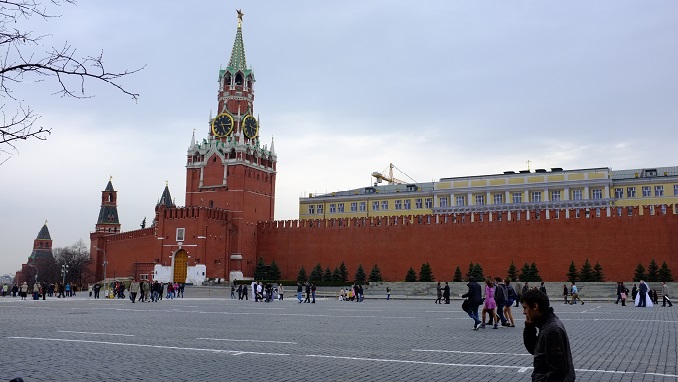Russia’s winter grain crop is in unusually good shape with only 5.7% classed as in bad condition, Roman Nekrasov, an agriculture ministry official said Thursday, according to Interfax.
The Russian winter has been unusually warm and dry this year, with Muscovites complaining there has been no snow at all.
Russian weather forecaster Hydrometcentre has reported 4% of the sowings in a bad condition, compared with 8% a year ago. In the southern North-Caucasus federal district, the situation requires special attention because more than 14% of the winter grain sowings there are not doing well, Nekrasov was quoted as saying, as cited by Reuters. He added that Russian farmers plan to sow spring grains on 29.2 million hectares this year, down 181,000 hectares from a year ago.
Russia has put in a series of good harvests in recent years after the state poured investment into the sector following the imposition of tit-for-tat sanctions on imports from the EU of agricultural products.
The harvest now regularly comes in at over 100mn tonnes and in 2017 Russia collected an all-time record harvest of 135 million tons – besting even the Soviet-era record. The harvest last year was 123 million tons and Minister of Agriculture, Dmitry Patrushev, said an interview with Kommersant last month this year the harvest is expected to grow 2% y/y in 2019 in the sixth consecutive year of real advances.
Russia is battling it out with Ukraine for the title of “world’s biggest grain exporter but narrowly lost the title last year when both counties exported circa 45 million tons of grain.”
Grain exports have become a real moneymaker for Russia, which earned about $20 billion last year.
Patrushev estimates that Russia will earn $24 billion this year but the agriculture ministry’s long-term plan to lift grain export earnings to $45 billion by 2024 is on track, Patrushev said.
The ministry also said in January that it might introduce export quotas to ensure sufficient supplies for the domestic market, not just enough grain for consumers but also supplies of feed for the flourishing animal husbandry sector.



